June 6, 2025 | 16:42 GMT +7
June 6, 2025 | 16:42 GMT +7
Hotline: 0913.378.918
June 6, 2025 | 16:42 GMT +7
Hotline: 0913.378.918
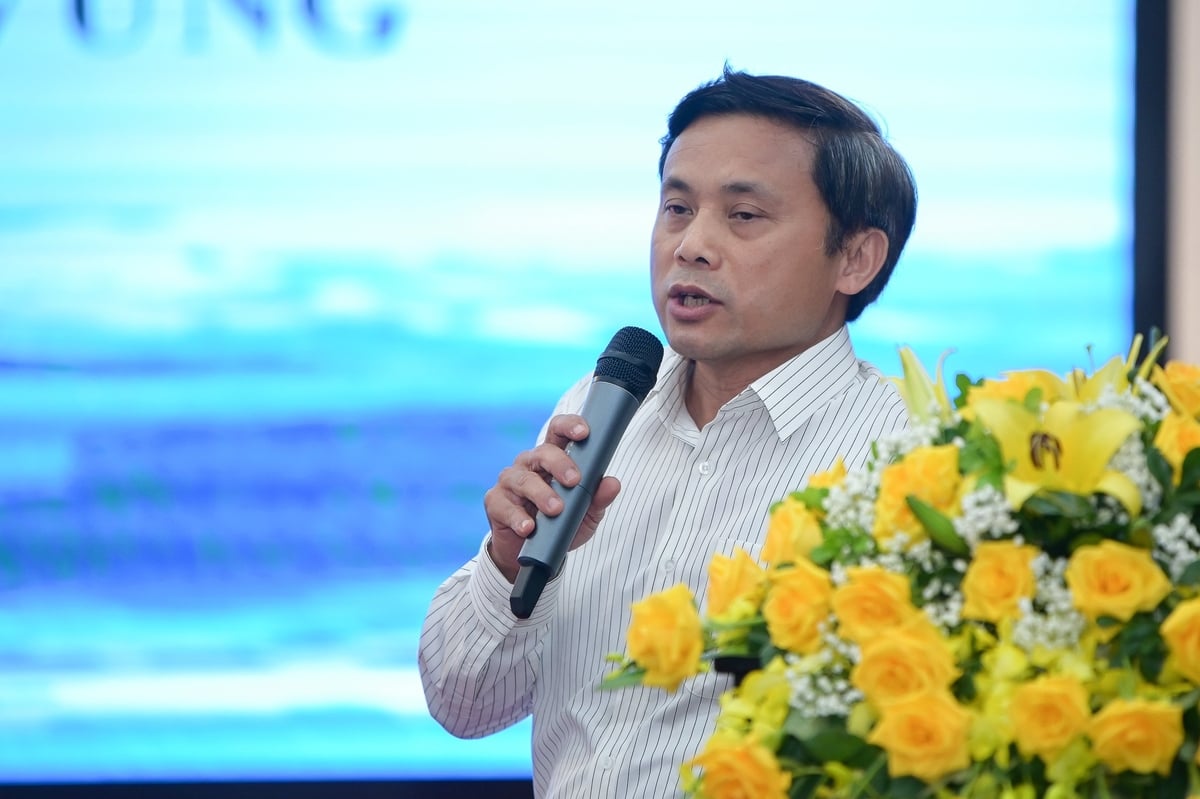
Mr. Le Tran Nguyen Hung – Deputy Director of the Directorate of Fisheries, spoke at the workshop. Photo: Tung Dinh.
At the workshop on institutional frameworks and planning for the blue ocean economic development held in Quang Binh on the morning of June 6, Mr. Le Tran Nguyen Hung, Deputy Director of the Directorate of Fisheries (Ministry of Agriculture and Environment), shared his analysis and insights on the protection and development of Vietnam’s aquatic resources.
According to Mr. Hung, Vietnam has achieved remarkable success in the fisheries sector thanks to its natural endowment of 20 highly biodiverse ecosystems, hosting more than 11,000 aquatic species.
However, Mr. Hung also acknowledged that over the past 20 years, Vietnam’s aquatic resources have been continuously declining. Specifically, while the resource volume in the period 2000 - 2005 was over 5 million tons, it decreased to just over 3.9 million tons in the period 2016 - 2020.
Mr. Hung stated that, according to the plan for the protection and exploitation of aquatic resources for the period 2021 - 2030, with a vision to 2050, 27 marine protected areas have been established and are operating effectively, covering a total protected sea area of about 463,587 hectares, accounting for approximately 0.463% of the country’s natural sea area.
Additionally, 149 marine zones have been created, including 59 aquatic resource protection zones, 63 temporary fishing ban areas, and 27 artificial habitats for aquatic species. Inland, there are 119 zones comprising 66 aquatic resource protection areas and 53 temporary fishing ban areas.
“The orientation of this plan is to reduce fishery catch volumes gradually, adjust the proportion of fishery catch among different sea regions, regulate the number of fishing vessels, restructure fishing professions, develop a high-quality workforce, and invest in and develop synchronized infrastructure and logistical services to support fisheries exploitation,” Mr. Hung shared.
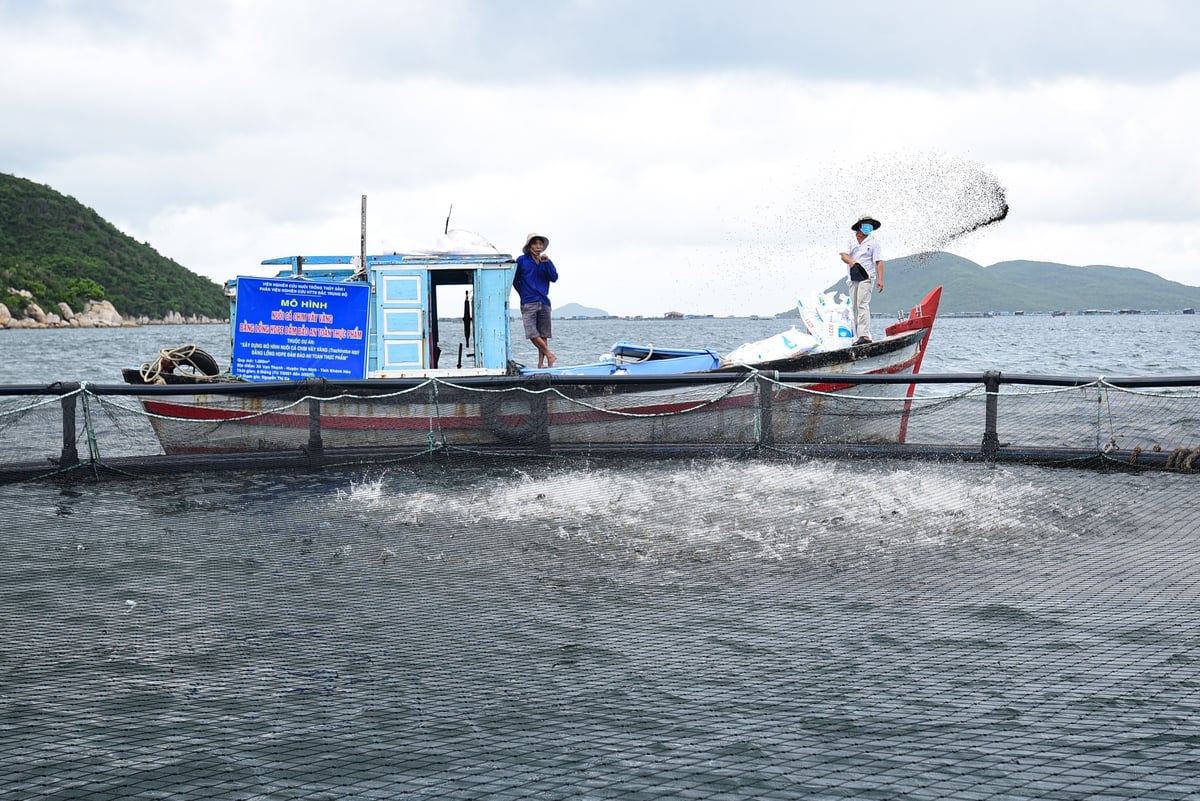
Increasing aquaculture and reducing exploitation are among the solutions to help conserve aquatic resources. Photo: Tung Dinh.
Regarding solutions, there are 4 main areas to focus on. First is mechanisms, policies, and law enforcement. Second is communication, training, and human resource development. Third is investment in science and technology and international cooperation. Finally, financial resource solutions are essential.
In the current context, Mr. Hung also highlighted several difficulties and challenges, including some localities that prioritize economic development and tourism over marine conservation, the protection of aquatic resources, and the safeguarding of marine ecosystems.
Moreover, law violations within marine protected areas in certain localities still occur with increasing sophistication and frequency. Resources allocated for marine conservation and protection of aquatic resources remain limited and have not been prioritized adequately.
To address these issues, Mr. Hung emphasized the need to focus on specific tasks. First, conduct surveys on aquatic resources and ecology. Second, strengthen law enforcement efforts, including combating Illegal, Unreported, and Unregulated (IUU) fishing. Third, develop marine aquaculture and restocking to ensure sustainable aquatic resources.
Fourth, reduce exploitation and enhance biodiversity conservation. This includes artificial breeding of endangered and precious species, replenishing aquatic resources, restoring coral reefs and seagrass beds, and deploying artificial coral reefs. Additionally, implement co-management to protect aquatic resources.
Translated by Phuong Linh

(VAN) The U.S. Congress recognizes Vietnam's role as a reliable and dynamic economic partner in the Asia-Pacific region.
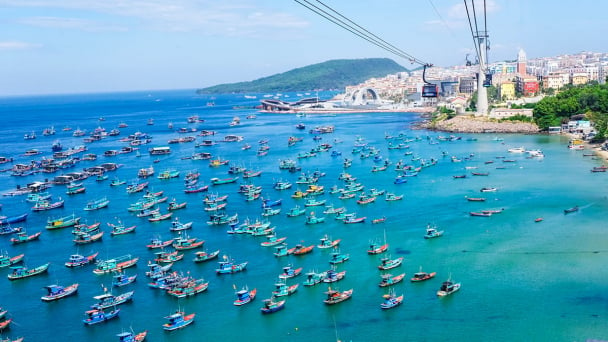
(VAN) Vietnam Sea and Island Week 2025 is a powerful call to action for connecting technology and unlocking policies, aiming towards a modern, sustainable blue ocean.
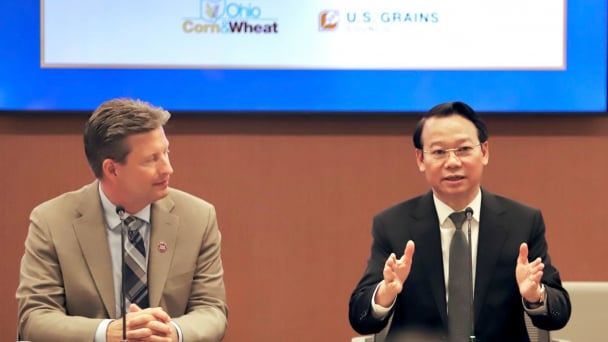
(VAN) With its rapidly growing agricultural economy, Vietnam has become a top destination for U.S. businesses seeking to strengthen their presence in Southeast Asia.

(VAN) The workshop in Quang Binh is expected to pave the way for developing a blue ocean economy, driven by institutional reforms, planning, and policies such as Decree 65 on offshore wind power.
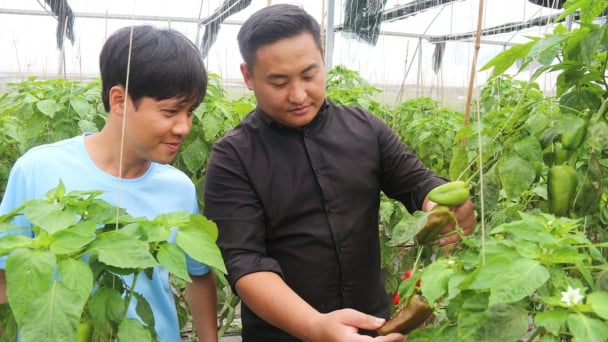
(VAN) By applying science and technology and embracing natural farming practices, Dako Farm’s agricultural products meet the stringent standards required for export to the South Korean market.
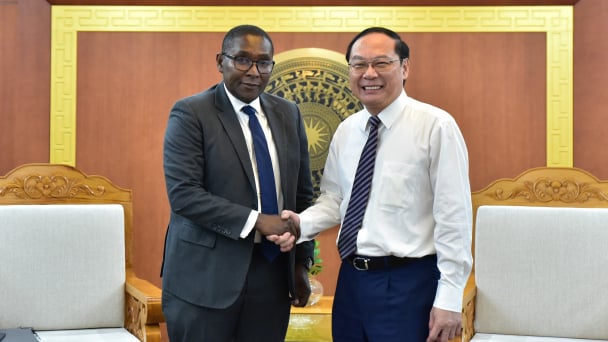
(VAN) The United Nations acknowledges Vietnam's efforts and pledges to support investment in restructuring the energy system in an efficient and sustainable manner.